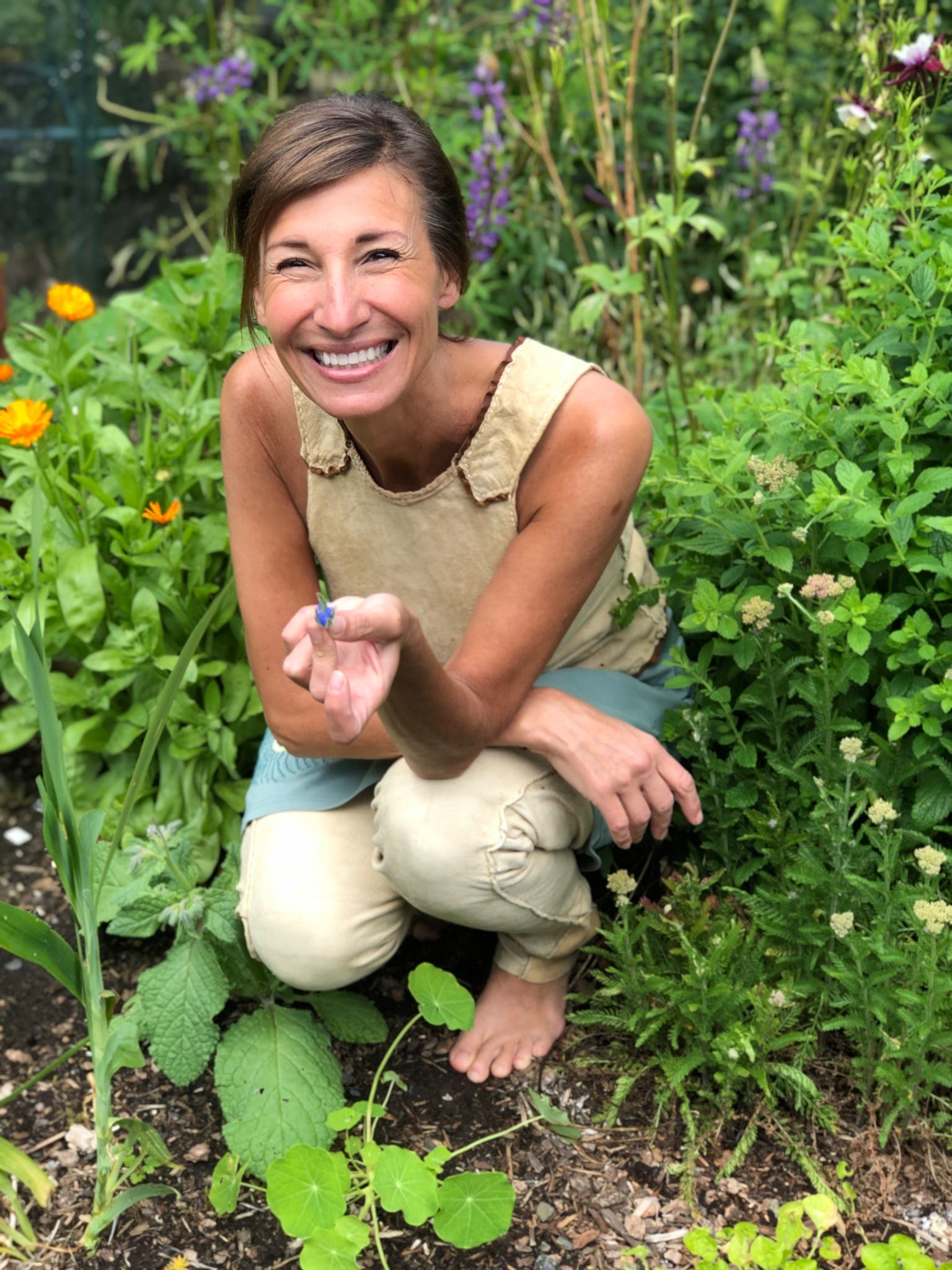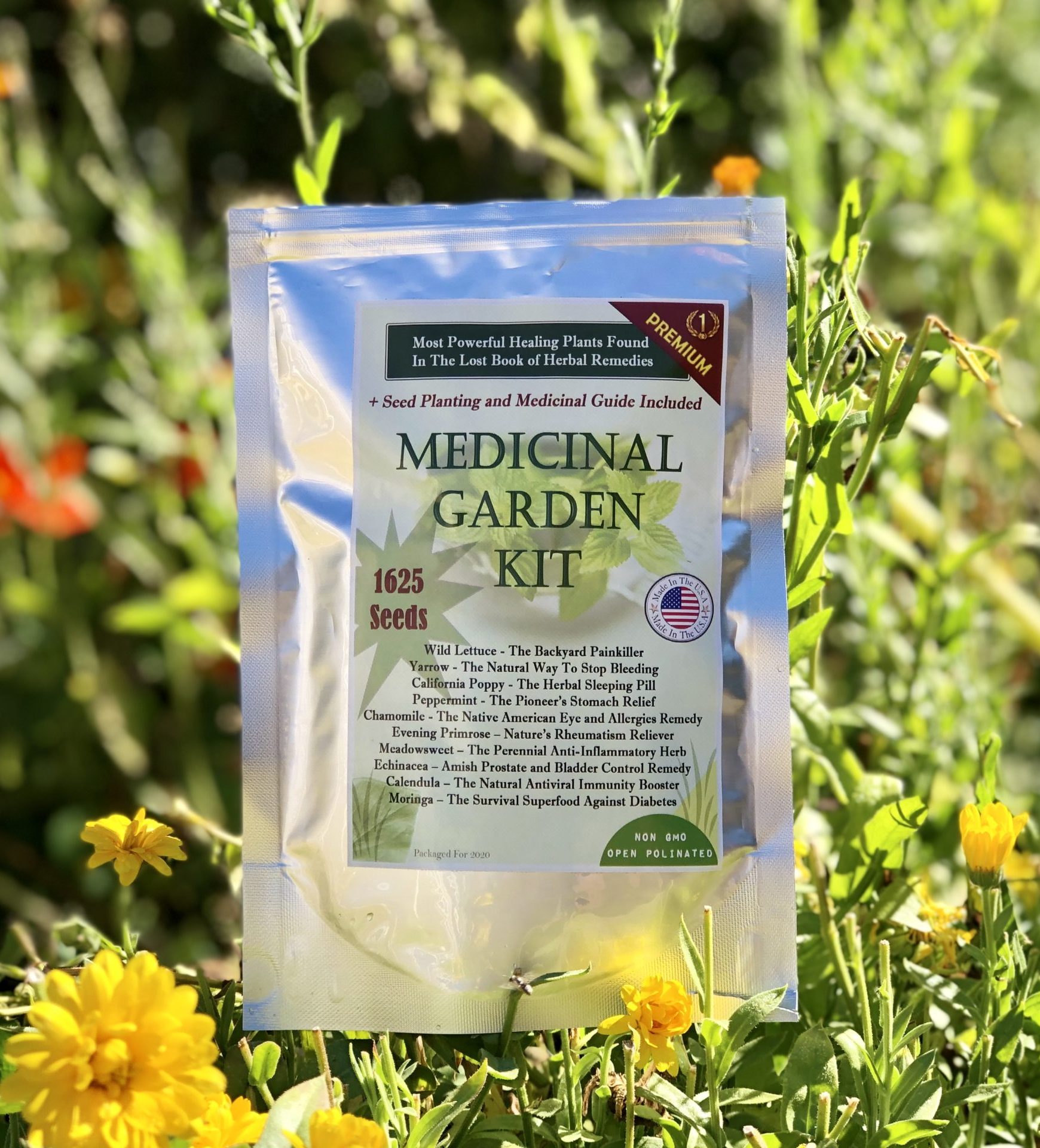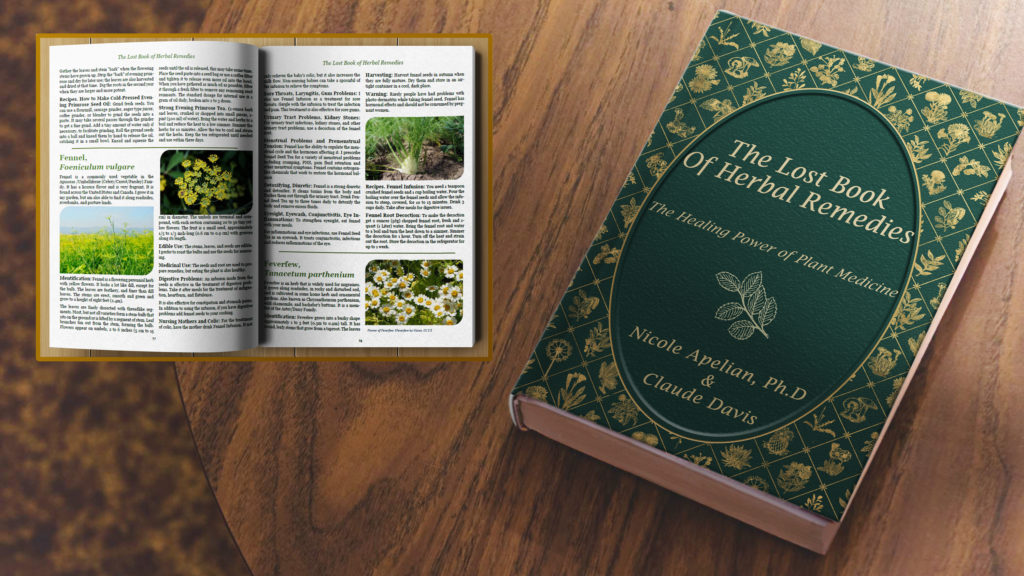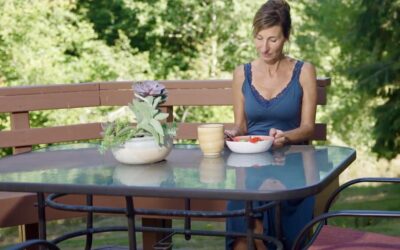Grow Your Own Food
If you would like to grow an organic garden, but are unsure about where to begin, there are a few basics to follow. Below I have shared three of my top methods that will help to encourage a successful growing season. Cultivating your own organic food is one of the best ways to ensure that you are eating only the freshest, healthiest produce. Not only will you save money, you will also enjoy the best tasting and most nutritious food!
Seed Starting
If you live in a cold, northern climate with a short growing season, starting your seeds indoors is ideal. With a small investment of supplies, you can save quite a bit of money by opting for seeds versus purchased transplants.
The first step is to only use high-quality, organic heirloom seeds, preferably from a regional supplier that sells varieties adapted to your local conditions. You can also seek out seed swaps in your community. Next is the timing of when to start your seeds. Avoid planting too early where the transplants become root bound, or too late so that the plant does not have enough time to mature. Mother Earth News offers a wonderful plant growing guide for the USA and Canada to help you to plan your planting season.
You will need to decide the type of containers to use as well as the planting mix. Options range from seed-starting trays to recycled yogurt cups with drainage holes. Most commercial seed starting mixes contain peat moss, which isn’t recommended as it is considered nonrenewable due to its extremely slow growth rate. The harvesting of the moss also destroys wildlife habitat. A better option is to purchase an organic planting mix that utilizes coconut coir/fiber.
Once you are ready to plant, place the seed starting mix in a bucket and add enough water to moisten it, then transfer the soil to your containers. Plant two or three seeds at the recommended depth listed on the seed packet and cover with plastic wrap or a dome. Consider investing in a heat mat, which is placed below the growing trays and assists with germination.
When the sprouts emerge, remove the plastic covering. To water the delicate seedlings, use a mister or fill a tray below the containers with water. To avoid damping off, a fungal disease encouraged by too much moisture or humidity, you can place a half-inch of sphagnum moss on the top of the seed starting mix.
Proper light is important. Place an energy-efficient LED grow light about an inch from the top of your seed growing trays. The seedling will need to receive between 14-18 hours of light per day. An inexpensive timer is an easy way to meet this range.
After the seedlings are well established, pinch out the weakest plants. Make sure to brush your hand over the top of the seedlings each day to encourage sturdy stems as it simulates the natural condition of the wind.
Once your seedlings have grown for about four to six weeks, it’s time to move them outside when the danger of frost has passed. They will need to be hardened off by being placed in a sheltered location outdoors, like a porch, for about a week. Bring the seedlings indoors at night during this time. Gradually expose the plants to more outdoor direct sunlight each day. Once they are hardened off, transplant the seedlings directly into your garden.

Creating Rich Soil
The soil in your garden is the single most important aspect for growing strong, disease-resistant, fruitful plants. Most prefer a pH of about 5.5 to 7.5, although some, like potatoes and blueberries, thrive in more acidic soil. If your garden is growing well with healthy plants, you don’t need to worry about soil pH. However, if your plants are struggling, it may be wise to purchase a soil pH kit.
Alternatively, you can enrich your soil with compost, which assists in bringing both acidic and alkaline soils to a neutral pH level. Ready-made organic compost is available at your local garden center or you can create your own compost pile. Creating your own is ideal as your food scraps and yard waste is turned into valuable soil, instead of ending up in a landfill.
To begin, make a 3-4 foot wide cage from garden fencing or chicken wire. Pre-made compost tumblers are also available which have a rodent-resistant design. Start by adding an equal portion of green and brown vegetation, including:
- Vegetable and fruit trimmings
- Grass clippings free of chemicals
- Weeds
- Straw or hay
- Shredded paper/cardboard
- Leaves or small twigs
Keep in mind that the smaller the items, the quicker it will degrade into compost. Never add greasy food or paper, meat, chemically treated items, or manure from meat-eating animals like pets.
Add water to the compost so that it’s damp but not soaking wet. You will need to turn the pile every week or two to aerate. If the pile seems dry when you turn it, spray with more water. To speed-up the process, mix in compost enzymes found online or at your local garden center. If the pile is maintained properly, it will take about two months to yield rich compost .

Companion Planting
Placing complementary plants together is an excellent way to ensure your organic garden will thrive with sturdy plants, minimal disease, and little issue with pests. Not only does intercropping encourage better fruit and vegetable yield, maintain the health of the soil and root systems, and repel pests, it also creates a beautiful and varied garden through the use of flowers and herbs.
Plant hedges of marigolds to help deter rabbits and aphids on tomatoes. Borage, calendula, dill, and sweet alyssum placed throughout your garden will also repel a range of insect pests.
Additionally, you can plant onions and garlic chives, along with oregano.
Here are a few seasonal combinations to get you started:
Spring
- Onions with leafy lettuce greens, including arugula, spinach, and romaine
- Plants in the cabbage family with leaf lettuce or radishes
Summer
- Tomatoes with lettuce, radicchio, or celery
- In hot climates, tomatoes, and lima beans
- Squash, pole beans, and corn
- Peppers and sweet corn
Spring
- Onions with leafy lettuce greens, including arugula, spinach, and romaine
- Plants in the cabbage family with leaf lettuce or radishes
Summer
- Tomatoes with lettuce, radicchio, or celery
- In hot climates, tomatoes, and lima beans
- Squash, pole beans, and corn
- Peppers and sweet corn
Autumn
- Radishes with broccoli and lettuce
- Garlic and spinach
- Radishes with broccoli and lettuce
- Garlic and spinach
Growing sunflowers also attracts insect-eating birds. When researchers planted sunflowers within an organic vegetable garden, they found that visits by birds more than doubled and insect pests were significantly reduced.
Moreover, consider planting fast-growing baby greens around upright plants to help suppress weeds. But remember that some weeds are beneficial for the garden—like redroot pigweed, which traps Mexican bean beetles and cucumber beetles. Many garden weeds are also nutritious foods in themselves. You can learn more in my upcoming book, The Forager’s Guide to Wild Foods: Edible Plants, Lichens, Mushrooms, and Seaweeds.
Growing Your Own Backyard Pharmacy
Lastly, don’t forget about growing medicinal herbs in your organic garden. As I wrote in, A Medicinal Backyard Kit for Starting a Small Backyard Pharmacy:
Planting a medicinal herb garden will bring new and exciting aspects to your green world. In this kit you will find the seeds of 10 medicinal plants you want to have close by. There are thousands of medicinal plants out there, but in most cases, these 10 herbs provide the canvas of healthy benefits you need. All of them can be grown on a very small plot in your backyard.

My Medicinal Seed Garden Kit is an outstanding way to add healing herbs into your organic space. The seeds are free of chemicals, genetic modification, or other alterations. Plus they are easy to grow! Learn more here.
Happy gardening!
Nicole Apelian
Roll Up Your Sleeves and Do it Yourself?
Are you interested in making your own herbal remedies at home and learning about the many plants, lichens, and mushrooms you can find out your own back door? If so please pick up a copy of my book: "The Lost Book Of Herbal Remedies: The Healing Power of Plant Medicine" today!
Not in Europe or the US? Not a problem, click here to order your copy »





